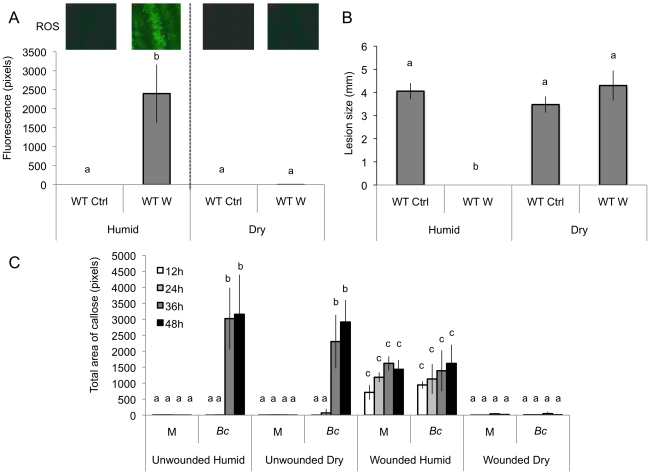Figure 3. The effect of humidity on resistance to B. cinerea, ROS and callose accumulation after wounding.
Wild type (WT) leaves were wounded and maintained for 1.5 h under high humidity in tightly covered well-watered trays (humid) or in uncovered trays at room conditions (dry) prior to ROS or infection with B. cinerea or callose detection. (A) Densitometric quantification of ROS production, (B) resistance to B. cinerea. W: wounded; Ctrl: unwounded control plants. (C) Callose formation. M: mock; Bc: B. cinerea-inoculated. For ROS production (n = 4; ±SD), one representative image of the fluorescent leaf surface was placed above each histogram as a visual illustration. For resistance (n = 48; ±SE) and callose formation (n = 4; ±SD), all plants were kept under humid conditions after treatment and the experiment was carried out twice with similar results. Different letters above each bar represent statistically significant differences (Dunn's test; P<0.05).

